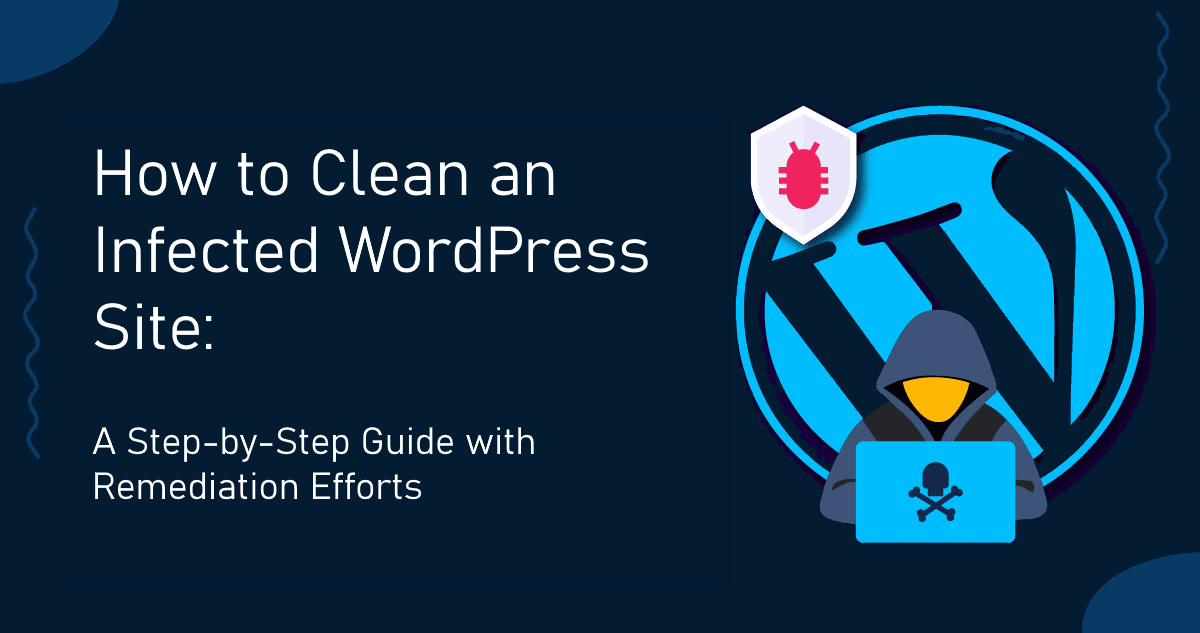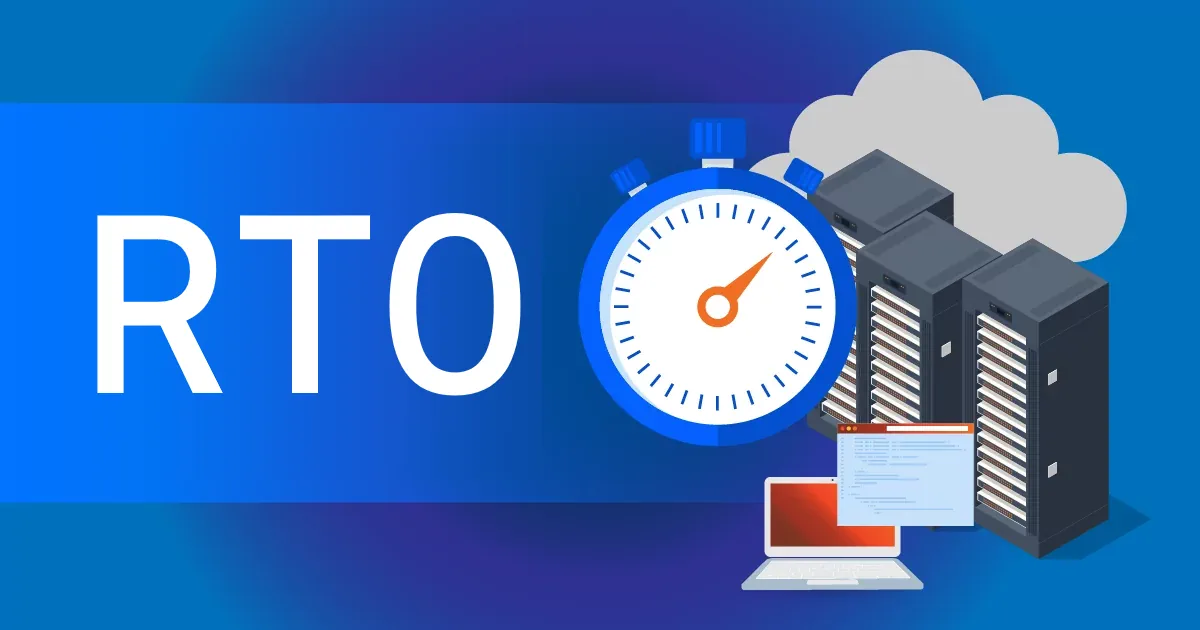Self-monitoring scripts and solutions are a popular and practical choice among companies and website owners for keeping tabs on the performance of their websites. Self-monitoring has its limitations and potential issues, though it can offer useful insight into a website’s uptime and performance. As websites and technical stacks become more complex, a more reliable and efficient monitoring solution is required and in some deployments a necessity to ensure that the required SLAs are met.
The following are some of the typical issues with self-monitoring scripts and their restrictions.
False Positives and False Negatives: Self-monitoring systems may produce either false positives or false negatives, which could cause an unneeded alarm or miss a problem. Confusion and a loss of faith in the monitoring solution may result from this.
Inadequate Monitoring Scope: Self-monitoring solutions are restricted to the particular checks that the user has established. This means that problems like network problems or server-side issues, which are outside of their purview, might not be picked up by them.
Limited Data Analytics: Self-monitoring solutions frequently offer limited data analytics and insights, making it challenging to determine the underlying cause of a problem or spot trends over time.
High maintenance requirements are needed to keep self-monitoring systems accurate and functional. This can take time, and it might call for specialized knowledge.
Single Point of Failure: The website or application being monitored and self-monitoring solutions are frequently hosted on the same server or the same provider. This means that the monitoring tool won’t be able to send alerts or find problems if the server goes down, or the provider has issues.
Limited Scalability: Self-monitoring solutions might not be able to handle the growth in traffic or the complexity of the site as websites and applications get bigger.
Lack of Professional Support: It can be challenging to resolve problems or get professional advice when using self-monitoring solutions because they frequently come without professional support.
In conclusion, self-monitoring tools have their limitations and potential issues despite the fact that they can offer insightful information about the performance of websites. It is advised to use a combination of self-monitoring and professional monitoring services such as Netumo that provide a wider range of checks, analytics, and support to ensure the most accurate and trustworthy monitoring.
Get a free trial of Netumo today signup on www.netumo.com



